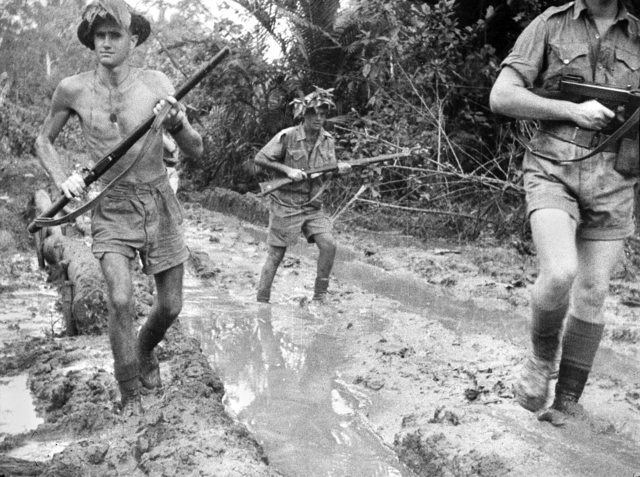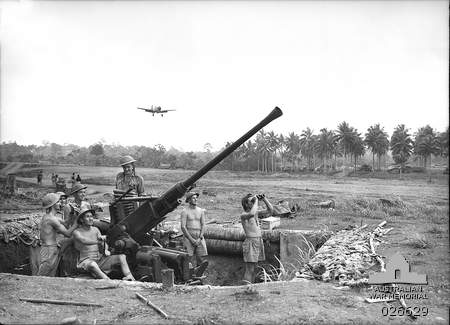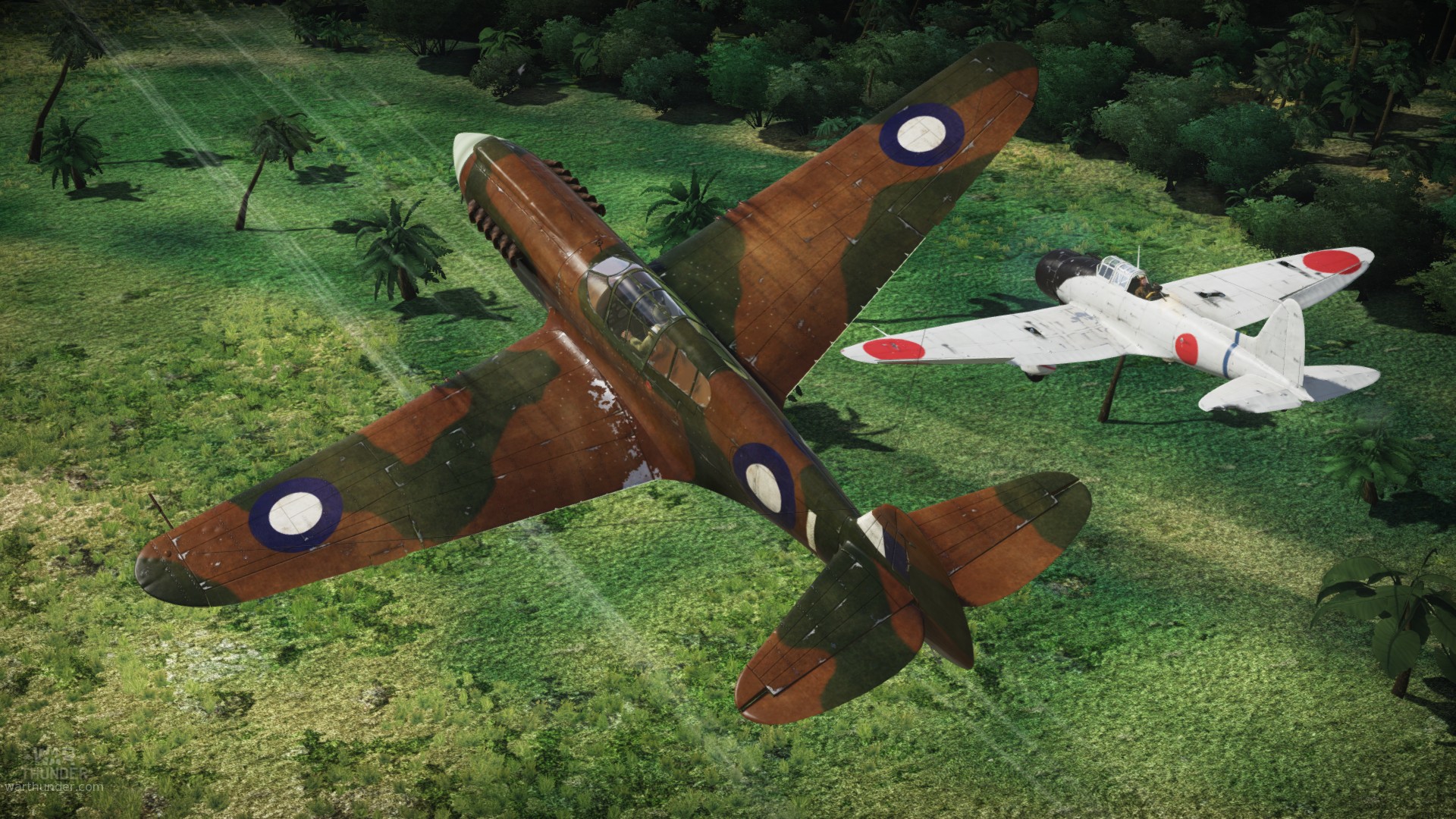
- For PC
- For MAC
- For Linux
- OS: Windows 10 (64 bit)
- Processor: Dual-Core 2.2 GHz
- Memory: 4GB
- Video Card: DirectX 11 level video card: AMD Radeon 77XX / NVIDIA GeForce GTX 660. The minimum supported resolution for the game is 720p.
- Network: Broadband Internet connection
- Hard Drive: 23.1 GB (Minimal client)
- OS: Windows 10/11 (64 bit)
- Processor: Intel Core i5 or Ryzen 5 3600 and better
- Memory: 16 GB and more
- Video Card: DirectX 11 level video card or higher and drivers: Nvidia GeForce 1060 and higher, Radeon RX 570 and higher
- Network: Broadband Internet connection
- Hard Drive: 75.9 GB (Full client)
- OS: Mac OS Big Sur 11.0 or newer
- Processor: Core i5, minimum 2.2GHz (Intel Xeon is not supported)
- Memory: 6 GB
- Video Card: Intel Iris Pro 5200 (Mac), or analog from AMD/Nvidia for Mac. Minimum supported resolution for the game is 720p with Metal support.
- Network: Broadband Internet connection
- Hard Drive: 22.1 GB (Minimal client)
- OS: Mac OS Big Sur 11.0 or newer
- Processor: Core i7 (Intel Xeon is not supported)
- Memory: 8 GB
- Video Card: Radeon Vega II or higher with Metal support.
- Network: Broadband Internet connection
- Hard Drive: 62.2 GB (Full client)
- OS: Most modern 64bit Linux distributions
- Processor: Dual-Core 2.4 GHz
- Memory: 4 GB
- Video Card: NVIDIA 660 with latest proprietary drivers (not older than 6 months) / similar AMD with latest proprietary drivers (not older than 6 months; the minimum supported resolution for the game is 720p) with Vulkan support.
- Network: Broadband Internet connection
- Hard Drive: 22.1 GB (Minimal client)
- OS: Ubuntu 20.04 64bit
- Processor: Intel Core i7
- Memory: 16 GB
- Video Card: NVIDIA 1060 with latest proprietary drivers (not older than 6 months) / similar AMD (Radeon RX 570) with latest proprietary drivers (not older than 6 months) with Vulkan support.
- Network: Broadband Internet connection
- Hard Drive: 62.2 GB (Full client)
"It was a bastard of a place. It rained solidly for weeks and the mud was waist deep in parts and if you fell, you drowned.”
- Angus Suthers, Captain 2/12 Battalion
 |
|
Australian troops wading through thick mud at Milne Bay after the Japanese attack |
Allied troops arrived in Milne Bay at the eastern tip of New Guinea in June 1942, consisting of an Australian militia battalion and US airfield construction teams. Surrounded by mountains and often shrouded in low clouds, the area receives 200 inches of rain a year. This “tropical paradise” was rife with malaria, scrub typhus, leeches and parasites, and the constant rain insured everything was always wet. This would take a heavy toll on the troops.
On the 21st of July, the first of three airstrips built at Milne Bay was ready, completed with steel Marsden matting over the crushed coral base. Any plane leaving the matting would sink into stinking mud. The very next day, the first RAAF P-40 Kittyhawks of No. 75 and No. 76 Squadron arrived.
The Japanese first attacked on August 4th with four Mitsubishi Zero fighters and one D3A Val dive-bomber. One Kittyhawk was destroyed on the ground, while 8 Kittyhawks from No. 76 Squadron shot down the Val. The remaining Zero's withdrew taking with them valuable information of the allied presence.
 |
|
One of the runways at Milne Bay is guarded by a 40mm Bofors anti aircraft gun while a Kittyhawk is approaching for landing |
The Japanese returned on the 27th of August. Eight Val dive bombers and seven Zero fighters would make a desperate attack on the number 1 airstrip with the support of a flight of Betty Bombers. However, a patrol of Kittyhawks was able to fend off this attack, with the loss of just one Kittyhawk. The Japanese lost five planes.
Meanwhile, the IJN had landed their troops and was pushing the Australians back along the coast road. Casualties were heavy on both sides as sickness and exhaustion kicked inl. The Australians committed only small forces to delay the Japanese and prepared to defend Milne Bay. The construction details spent this time readying the cleared area of the 3rd strip to become a thousand yard wide killing zone. This was no hurried position, the American engineers had bulldozed all the topsoil to the western side of the runway, and formed a continuous line of defensive works armed with Vickers machine guns. These were backed up by American half-tracks with their heavy machine-guns, mortars, and 25-pounder artillery to the rear. The flanks of this position were secured by multiple Bren guns.
 |
|
A Japanese Type 95 Ha-Go tank stuck in the mud and abandoned near Milne Bay |
The early hours of August 31st would decide the outcome of the battle for Milne Bay. At 3am, the Japanese began an all-out night attack, making at least three “banzai” charges across mined runway of the No.3 strip. Tracer fire lit up the battlefield so well that the signals officer Lieutenant Ernie Bain of the 25th battalion claimed he was able to read his map by the light.
Each Japanese attack was broken up by heavy defensive fire, the onrushing Japanese were mowed down in swathes. Commander Hayashi, the CO of the the Japanese force at Milne Bay, would later be found amongst his men on the field. Shortly before dawn, a single bugle was heard signalling the end of the attack.
All this was achieved with the odds stacked in favour of the Japanese. The IJN had complete control of the sea. They could dictate when and where the battle would take place, but the Japanese forces ended up charging against machine guns over the 3rd airstrip. Most of the Australians were were not ready, trained, or prepared for the terrain and the fighting methods required. However the one thing the Australians had that tipped the balance in their favour, were the Kittyhawks. The RAAF’s 75th and 76th squadrons tireless, relentless and at times reckless sacrifice proved the deciding factor.
Aaron “anglomanii” Lentz




